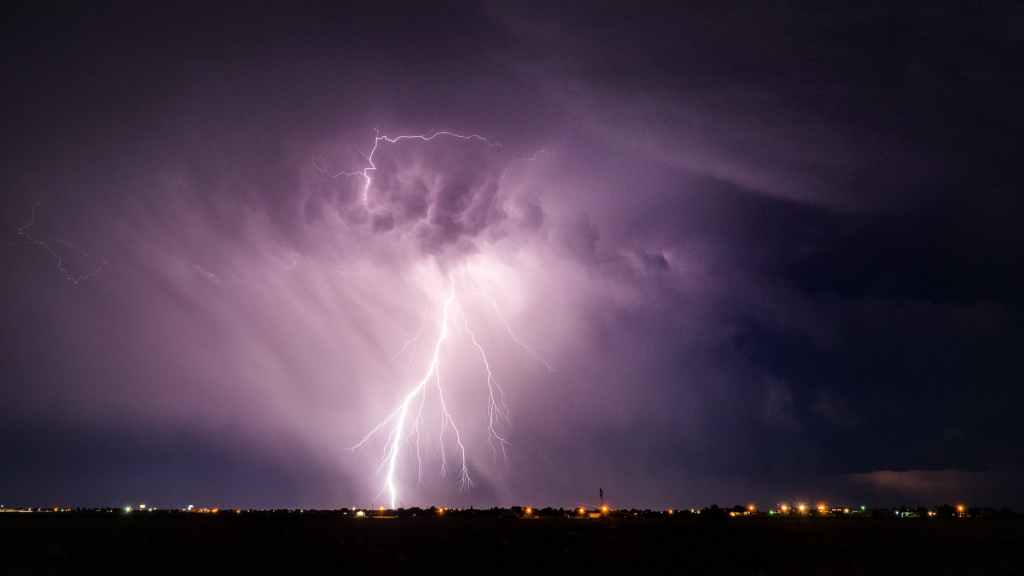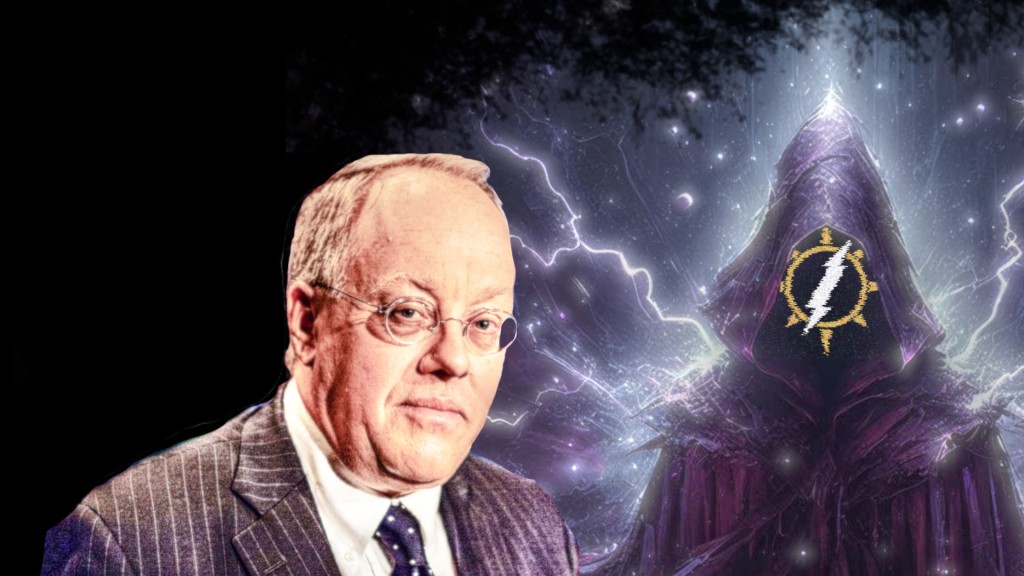From the folklore of the Semang
Kari created everything except the earth, which he ordered Ple to complete for him. When, therefore, Ple had created man, Kari gave them souls.
When Kari had created men, they were very good. Death was not yet established, and the Semang living on fruits prospered and soon got numerous. But Kari saw they were getting too numerous, and came down to the Jelmol Mountains to look nearer, and consider what was to be done. The Semang crossing the mountain did not see him, for none can see him, and ran over his foot like ants. He blew them away, but his Breath was fiery and burnt them all up throughout the neighborhood. Seeing this, he ordered his Breath to collect and conduct their souls to heaven. He then continued his meditations, and seeing their numbers were still too great, he commissioned his Breath to go and kill more Semangs whenever they again became too numerous.
Kari’s Breath had now seperated into the winds, and these were to be watched by Kari’s two servants, Sentiu and his wife Chini, with Ta Ponn (Tappern), and Minang (Minnung). Sentiu now begged that his own servant, or the latter’s wife, should alone remain active on earth, and kill only a few Semang; for if he himself and his wife did so, none would be left. Kari, however, refused this, and Sentiu himself remained with his wife, and they killed all they could reach, Kari being wroth at the disobedience of mankind. So the race dwindled away.
Kari had sent the wicked souls to the infernal regions (Belet), and had created Diseases to destroy them in his wrath. Ple, however, pitied them, and having come to an agreement with their chiefs (Pluttos), got Kari to turn these winds into lightning (Kelos), and stopped them from slaughtering the Semang, except in special cases when Kari’s wrath was provoked. When Kari sends them now, they kill the Semang in a body, but the death-messengers only kill certain individuals by Kari’s command. Ple also arranged with Kari in what cases souls should be sent to Paradise (Seap) or to the infernal regions (Belet), whence arose the system of burial bamboos. Ple himself (and in his stead the Putto of the district) was to write his decision upon the burial bamboo to be shown to Kari, by whom it was executed. Ple also got power given him to avert Diseases by charms. These were good against every Disease, so long as the sin which provoked the Disease was unintentional, or had been forgiven by the Putto. Ple had taken, as already related, the flowers growing near Karih’s dwelling and planted them on the mountains (Jelmol), and assigned them as remedies for the various Diseases. He also brought the drawings of each flower, and instructed the Putto about its use. He also agreed with Kari that his Breath should be substituted for Kari’s (since it was less fatal), and should only kill individuals.
Thereafter when the winds waited for the burial bamboo to be given to the diseased (before which time the soul could not leave the body), they laid the Diseases on a parasite on one of the trees, because its roots did not enter the ground, and the Diseases waited there until the soul was ready to go to Kari. Ple also created a wind which sat on the mistletoe, and told Ple all that passed.
Now that Ple no longer dwells upon earth, this wind goes, according to the opinion of the Semang, who are not, however, unanimous about it, either to Kari or perhaps direct to Ple. When Ple had thus apportioned the Diseases, the vegetable kingdom was exhausted. But soon afterwards some very deadly Diseases, which had been sleeping whilst Ple had been breathing upon others, tried to obtain a resting-place upon various epiphytic plants. The plants, however, had all been given away, and that is the reason why to the present day smallpox, cholera, and other epidemics, of which the Semang stand in the greatest terror, but which are hard to identify from Samang descriptions, have no rest, but as soon as they have killed one man, fall straightaway upon another even before the soul of the first has left the body.
Sources:
Part 3 Chapter 6, Pagan Races of the Malay Peninsula, Walter Skeat, Charles Blagden, 1906





